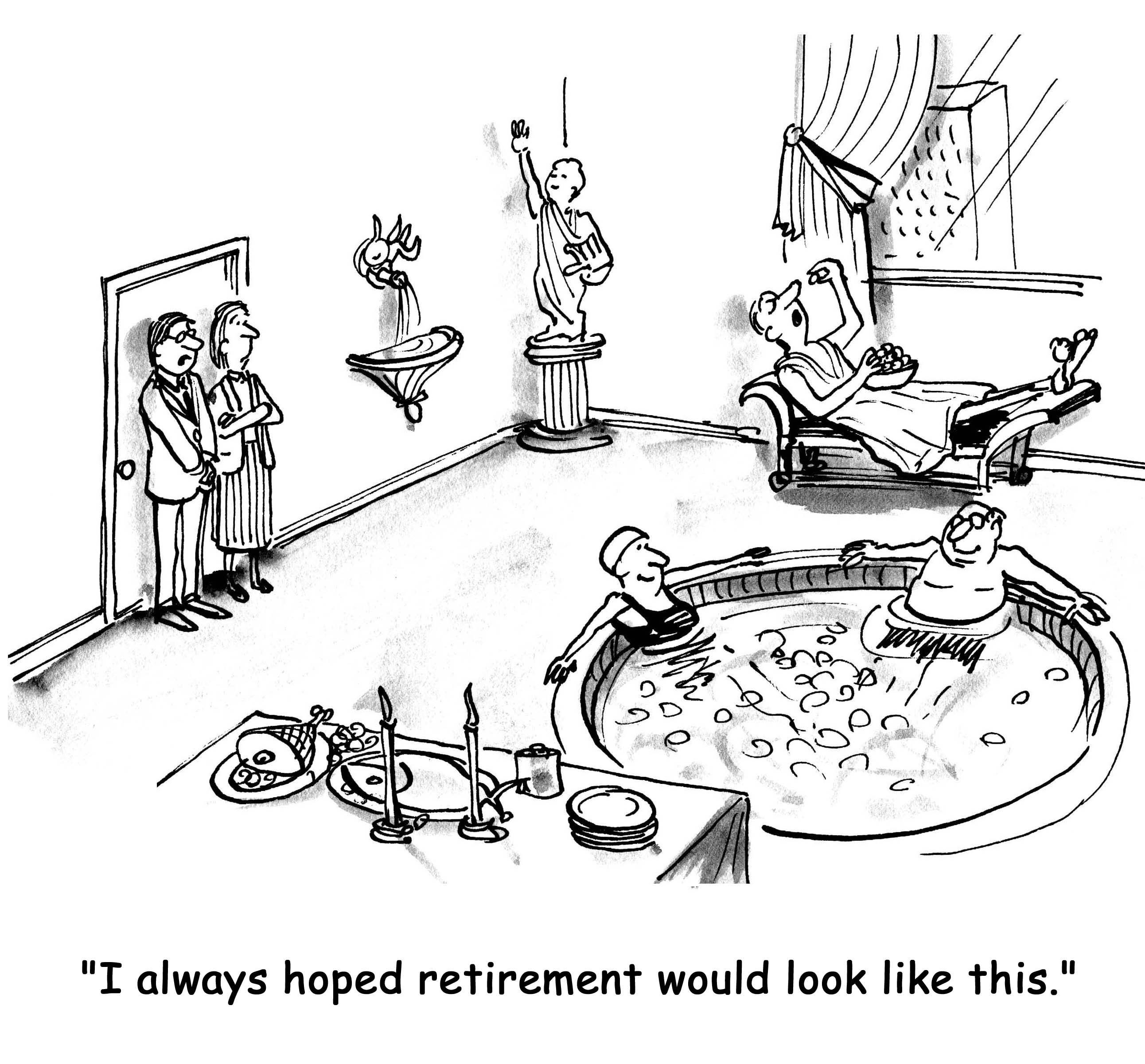Part of retaining talent in your organization and spending money wisely is offering voluntary benefits that your employees need and will use. To see if you’re offering the right voluntary benefits, you’ll need to look at the segments of your workforce. We’re not talking about who is a Millennial, Gen X or Baby Boomer. Those categories are too facile to offer anything beyond broad brushstroke solutions. If you dig into sub-categories, you may see you’ve been overlooking large populations of your workforce and their voluntary benefits needs. Which demographic(s) have been missing from your previous assessments? What voluntary benefits do you need to add or remove?
Getting Started
To get started, we developed sub-categories of employees based on the following life stages:
- Dependents or no dependents
- Income level* (low-earning $, medium-earning $$, high-earning $$$)
- Single or married
Combing these factors, we found there are 7 sub-categories. Let’s examine the main expenses of each sub-category and what voluntary benefits suit them the best.
Early to Mid Millennial, No Dependents, $, Single (17 to 26 years old)
Main Expense?
College debt
Because they are going into school or have recently finished school (leaving with an average of $29,000 in debt according to this article), this group has displayed a tendency to put off larger decisions like marriage, starting a family and buying homes. In fact, they frequently live at home for years after graduation and even after finding a first job in order to continue saving. According to Goldman Sachs’ “Coming of Age” infographic, this group cares more about wellness than either of the preceding generations, and are willing to pay more for wellness initiatives, especially if a company can support that effort. However, check out these 6 Low Cost Wellness Options to jump start your program.
In terms of pre-tax benefits, a Flexible Spending Account (FSA) is a great starting option for this group. Funds in a Medical FSA are available on the first day of the plan year, which can really help with early expenses and finances. Additionally, it doesn’t require a specific health insurance plan. An FSA is also an option for employees who opt to remain on their parent’s plan until age 26.
Starting with a Health Savings Account (HSA) paired with a HDHP may be out of reach until they’ve increased their financial stability. However, you can overcome this with employer-funding towards the HSA. This helps these employees overcome the initial financial hurdle and allows them to lower their insurance premiums.
Don’t forget about pre-tax transportation benefits! These employees are likely to take public transportation and would benefit from a cheaper commute.
Recommended Voluntary Benefits: Tuition assistance, FSAs, EAPs, wellness programs, HSAs (if employer-funding available), Commuter Benefits
Mid to Late Millennial, Dependents, $ to $$, Married (27 to 36 years old)
Main Expenses?
Kids, college debt, mortgage payment
Individuals in this group are more likely to be married and have children than their younger counterparts. They feel the financial weight to finish paying off their student loans, as well as to continue education (often pursuing Master’s degrees) to compete for better paying jobs or managerial positions. They balance new homes and new families while climbing the proverbial corporate ladder. Benefits suited to the individual, such as ID theft protection, as well as to the caretaker role means they need a wider variety of voluntary benefits than the previous category. With young children, pre-tax medical accounts, like a Medical FSA or HSA, are a must. Additionally, a Dependent Care FSA is a great way to save on child care expenses.
Recommended Voluntary Benefits: Child care / Dependent Care FSA, tuition assistance, EAPs, employee purchase programs, ID theft protection, Medical FSA and/or HSA
Early Gen X, Dependents, $$, Married (37 to 46 years old)
Main Expenses?
Kids, mortgage payment, saving for retirement
According to an article from Benefits Pro, Gen Xers are regarded as the “Sandwich generation.” They often have to shoulder the financial burdens of raising children while caring for aging parents. However, younger Gen X members are more likely to be focused on their children than their parents. Additionally, they are often on their “seconds” – second home, second child. Large costs including mortgages and paying for existing child care, paint much of the financial picture for younger Gen X members, alongside the pressure to set aside retirement funds. They also have to plan for the looming burden of funding college. By 2030, tuition is expected to reach $45,000 at public colleges and more than $100,000 at private colleges, CNBC reports.
From a health care financing perspective, an HSA is an attractive option. For most, they are generally in good health and have the ability to set a little extra aside to plan for future health care expenses.
Recommend Voluntary Benefits: Child care, cyber-security assistance, ID theft protection, homeowners insurance
Mid to Late Gen X, Dependents, $$ to $$$, Married (45 to 52 years old)
Main Expenses?
Funding college, aging parents, saving for retirement
This slightly older group of Gen Xers feels the expenses on all sides. They can expect to have kids in college, aging parents who need support, and to be saving for retirement. Although college isn’t quite as expensive now as it might be in 10-15 years, it’s still not cheap. Apart from having the cares of children and parents met, Gen Xers will increasingly rely on a strong array of voluntary benefits to aid in having their wide variety of needs met.
Recommend Voluntary Benefits: Financial counseling, homeowners insurance, long-term-care insurance, ID theft protection
Mid to Late Gen X, No Dependents, $$ to $$$, Single (45 to 52 years old)
Main Expenses?
Aging parents, saving for retirement
It’s dangerous to make assumptions about the history of this group— they could have never married, divorced before children, or been early widows/widowers. Regardless of their pasts, many of them may have parents who are hovering around retirement or heading toward 80. Their chief concerns center on caring for aging parents while financially setting themselves up for the future. There is no exact set of voluntary benefits for this group, but some basics like wellness programs are a good place to start.
Recommended Voluntary Benefits: Discount programs, EAPs, financial counseling, ID theft protection, wellness programs
Baby Boomer: Empty Nesters, No Dependents, Married $$ to $$$ (53 to 61 years old)
Main expenses?
Adult children living at home, caring for aging parents, saving for retirement
Despite having footed much of the bill for their children’s education, this group is commonly finding adult children back at home for a season. Stress can grow rapidly for this group who can no longer claim children as dependents. In addition to that, they might have to find comfortable living situations for parents who may (or may not) be ready to make the move away from Baby Boomer’s childhood homes into the basement or assisted living. And, retirement is so close and yet so far away. Voluntary benefits can help with the first two stressors and educating employees about early retirement with COBRA and an HSA can help with the last one.
Recommended Voluntary Benefits: Auto insurance, discount programs, homeowners insurance, home warranty coverage, long-term-care insurance
Retirement Age, No Dependents, $$$, Married (62 to 71 years old)
Main expenses?
Retirement, health costs, moving to assisted living
This group might seem to have it all figured out- they’re retired (or a few years away from retiring, but that’s a changing trend), and their kids have successfully left the nest. In the few years before retirement, you can help ease financial burdens and fears of early retirement through voluntary benefits. While these folks may have paid off large assets like homes and vehicles, protection for these assets is paramount, along with health and wellness support.
Recommended voluntary benefits: Auto insurance, wellness programs, homeowners insurance, home warranty coverage, long-term-care insurance
Where do I go from here?
Like most employers, you probably have a smattering of employees from every group and sub-group. It may seem like a daunting task to make sure you’re providing all the right voluntary benefits to all the right employees. Thankfully, you can start with core benefits and gradually transition to a fuller suite of product offerings. For starters, this SHRM article shows that all employees display a desire for the following voluntary benefits: Discount programs, financial counseling, wellness programs. Start there so you and your employees can be in good shape for the New Year.
Which voluntary benefits do you think are most important for today’s melting pot workforce?
*varies by region and cost of living




